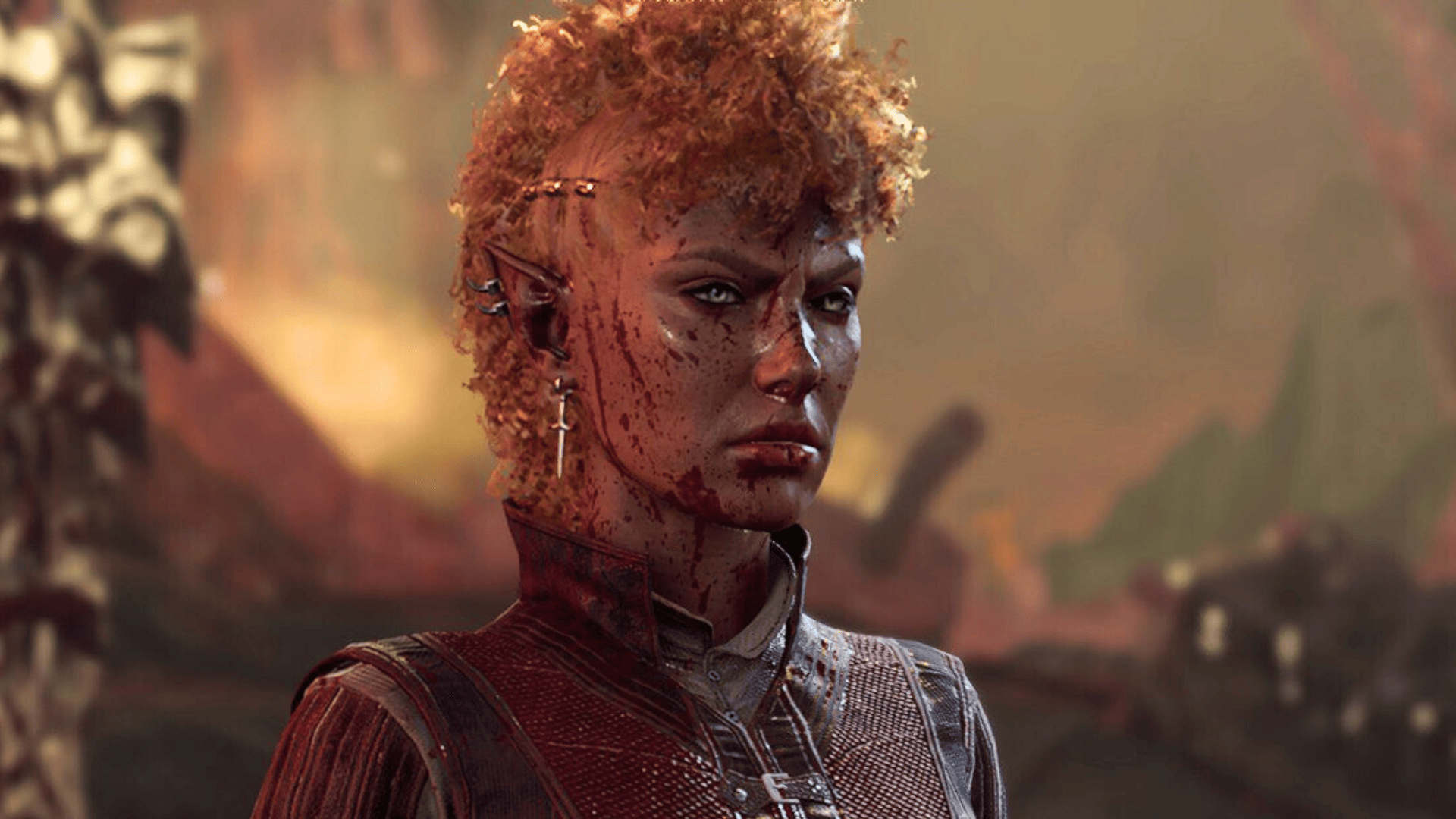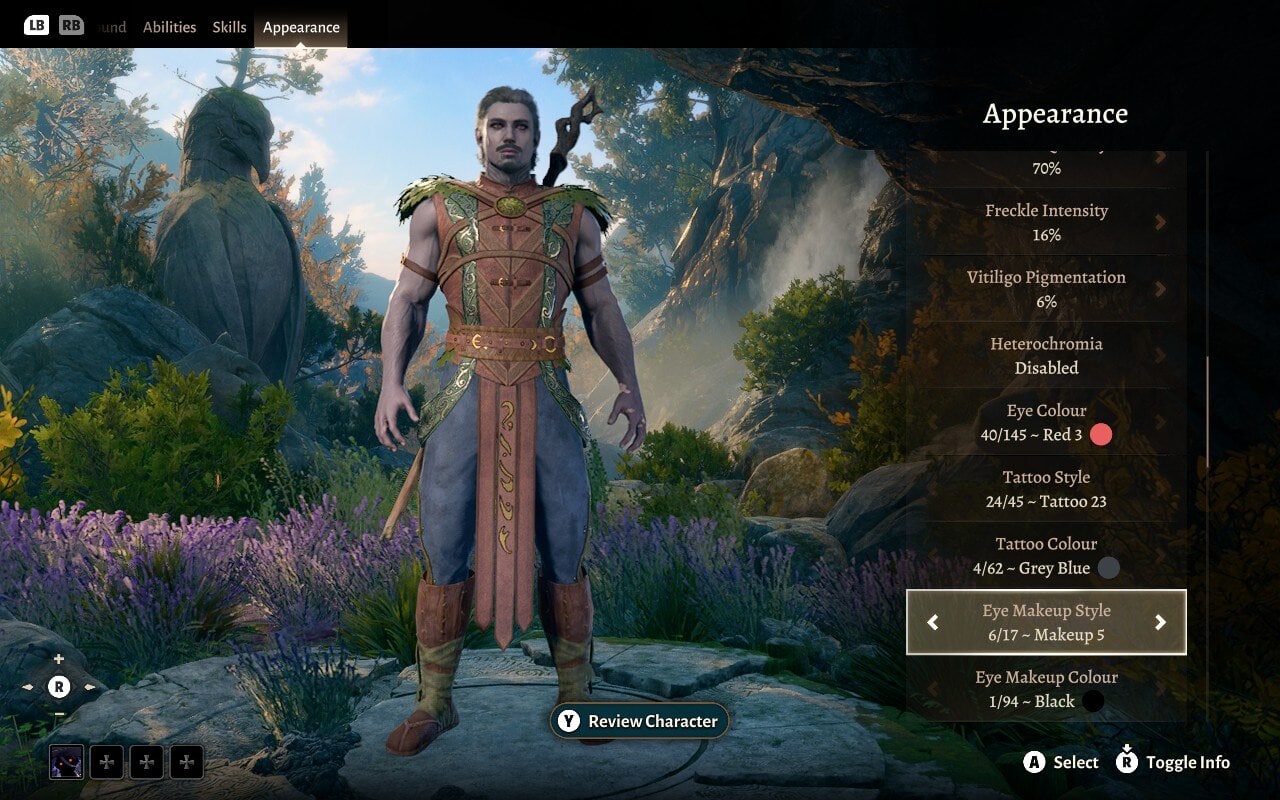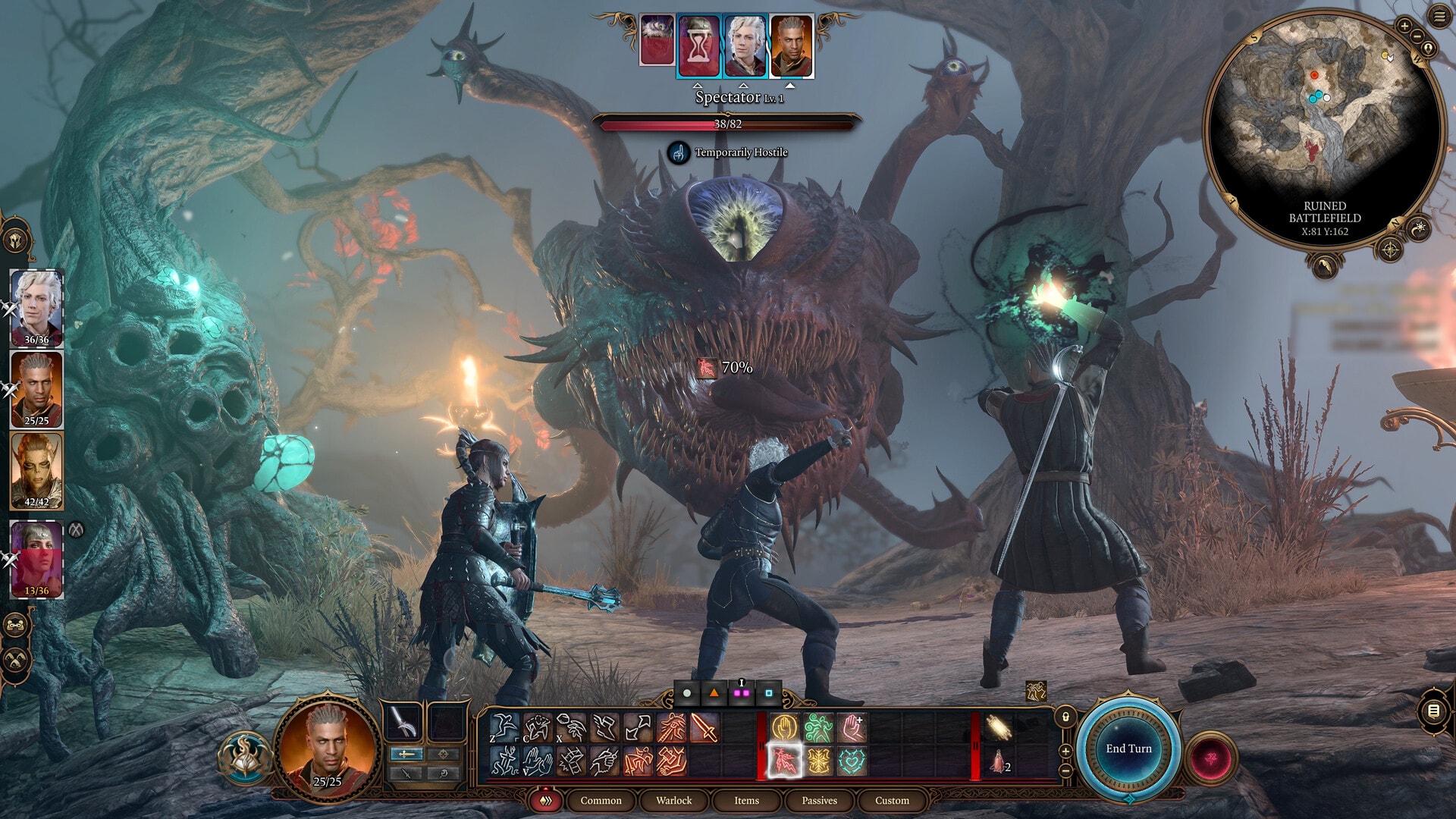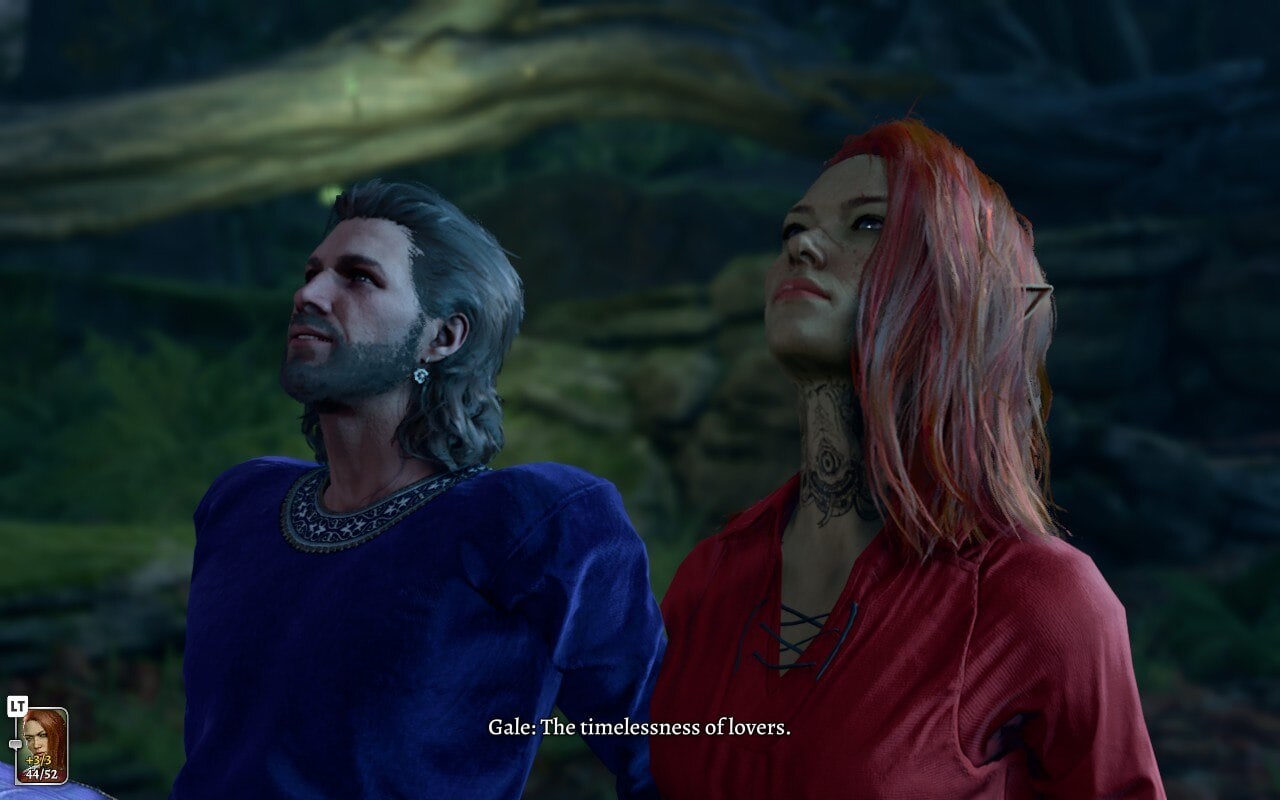
Baldur’s Gate 3 Review — Larian rolls a critical success
Ever since Baldur’s Gate 3 came out, I’ve had a lot on my mind. Well, in it.
To be more exact, what’s been in it is mind flayer tadpoles, and that goes for everyone else in my chaotic party of bisexuals that make up the companions of Baldur’s Gate 3. Being brought together by circumstances is often the driving force behind groups of Level 1 Adventurers in a Dungeons and Dragons group, and “circumstances” is the right word for being kidnapped by an Illithid Nautiloid ship and forced to dirty your hands in your efforts to be rid of the little worms in your brain. But as D&D players will tell you, this level of bad luck is standard fare in your average tabletop adventure.
What makes that ironic, however, is that Baldur’s Gate 3 is far from your standard CRPG.
Don’t get me wrong, if you’ve played Owlcat Games Pathfinder series, or even Larian’s own Divinity Original Sin 2, there’s a lot about Baldur’s Gate 3 that will feel familiar. However, it’s no surprise that the level of expectations has been raised by Larian in a way that during this stage of modern gaming at least, will be hard — if not impossible — to replicate. Its attention to detail, to character expression and choice, its emotional and hard-hitting narrative, and its phenomenal star-studded cast’s performance has enraptured me for nearly 200+ hours. And I’m still not done, because I have several other characters just begging to be played.

It’s this ease of jumping into another playthrough, despite me having done the first Act of the game several times in early access, that speaks to the level of autonomy the game offers. You have 12 classes and 11 races from the D&D Player’s Handbook to choose from, multi-classing is available alongside several backgrounds, and all in all, if you’ve created a D&D character before, you’ll be able to dive into this adventure based on Wizards of the Coast’s world with relative ease.
Better yet, Baldur’s Gate 3 has one of the more queer and trans-inclusive character creators in the gaming space. There’s no completely swings-and-misses with pronouns being linked to voice, a ‘feature’ that has cropped up in Cyberpunk 2077 and, more recently, Starfield. Everything is fair play here, and why not? Authenticity or fantasy, either one is something which Larian’s character creator offers players freely.
With Baldur’s Gate 3 running side by side as a direct sequel to the tabletop adventure Descent into Avernus, you’d be forgiven for thinking the game is an exact replica of the combat and systems in D&D. While extremely close, that’s not the case, and thank god for that because Larian’s take on combat is a sure-fire improvement for this video game iteration.
Out of a lot of other fantasy RPGs, Baldur’s Gate 3 leans more towards Dragon Age in terms of combat and party composition. While turn-based, the beats of combat are very reminiscent of BioWare’s fantasy series. Your typical team will most likely consist of a healer, an up-and-in-your-face fighter, a dex-based class like rogue or monk, and a damage dealer of the more magical variety. Yet even this can be shaken up a bit thanks to the abundance of spells and actions available to you. In one fight I decided that making Karlach (Samantha Béart) shove a hag into a hole was the best way to do it, and on the next I asked my favourite wizard Gale (Tim Downie) to cast FIREBALL on a group of gnolls after misty-stepping up on a cliff that, he too, almost fell off after I mispressed the Grease spell’s location. Sorry Gale.
It’s so easy to be chaotic in Baldur’s Gate 3, particularly during combat, that it imitates the exciting tonal whiplash of combat in D&D itself. One moment you can be winning, and then the next five turns your fighter keeps missing because dice rolls are oh-so-unfair. For some, capturing that spirit of D&D combat will only amp up the delicious tension, and for others who perhaps aren’t too fond of that in their RPG adventures, will feel as though someone has tripped you up in a room full of everyone you’ve ever had a crush on. I fall in the former camp, as it tickles me pink to have to work my way out of situations that have gone horribly wrong, but for those who fall in the latter? Save scumming is often your friend.

Indeed, players who aren’t familiar with even the basics of D&D combat or have never touched a Divinity Original Sin game, will struggle to grapple with the level of choice that is put onto your character and companions. Actions, bonus actions, and spell slots are something which even I, an avid D&D player, still have to look up every now and then, and when you’re level 1? Baldur’s Gate 3 really goes keep to the tabletop experience of making it be very easy to earn yourself a total-party wipe even on the easiest difficulties. I played on Tactician, but I had friends who found the first 5-10 hours a real struggle. My advice ended up helping them, but a way to put the tutorial/codex information into action would have been real helpful.
Even so, any early frustrations eventually bleeds out like an exsanguinated boar by the time you reach level 3-4, with each class coming into their own thanks to subclasses which can majorly change how you approach combat and role-playing.
Yet, being restricted by the same limits Toril and Faerûn comes with its own drawbacks. While my time with Baldur’s Gate 3 was wonderful, it brought its fair share of cons from the world of D&D. One reoccurring thing that kept popping up has been a thing which has bogged D&D down ever since its first iteration back in 1974: fantasy racism.
While Wizards of the Coast has taken steps to move away from harmful tropes about race within its tabletop adventures, Baldur’s Gate 3 is hopelessly stuck in the past. It never goes as far as Dragon Age: Inquisition, which actively prevented some romance interests from being interested in you based on your race (what the hell BioWare was thinking there, I do not know), but I couldn’t help but raise my brows multiple times at how often I was reminded I was casually called some sort of fantasy slur. I have no issue with oppression and inequality having a place in a story, it is something that is very relevant in real life. But for a setting that is multi-cultural and diverse as Faerûn, and in a game where, gods above, I can f*ck a bear and be as gay as I want, it begs the question on why race is the thing that against? Real life prejudices exist, of course they do, but what does the inclusion of them add to Baldur’s Gate 3’s story?
I applaud Larian making it so that your race and background plays a huge part of your character, but if the only reception certain races get is steeped in the negative, I can’t help but wonder about its necessity. It’s enough for people that I have a mind flayer tadpole in my head, what should it matter that I’m a tiefling, half-orc, or a drow?

More importantly though, its inclusion here highlights the real disconnect between Baldur’s Gate 3 and D&D as a whole. My introduction to D&D came from a group that was diverse, being both queer and non-white, and so my experience was not marred by sexism or racism at all. I’m sure other D&D players have their own experiences that are starkly different from mine too and, in truth, Larian was never going to be able to fully capture either of said experiences. And, in a lot of ways, it’s paramount that it doesn’t. But to fall back on old and, let’s be honest, easy prejudices that you can never really challenge in-game in any meaningful way feels icky. I’m not asking for a quest where my character sits everyone down to debate that goblins are people too, just something that doesn’t make almost every drow, duergar or orc, the villain in an otherwise intelligent game.
All in all, the inability to challenge perceptions meaningfully makes doing so with your companions all the more ironic. It goes without saying that the characters you recruit in your adventure to be tadpole free are, without a doubt, the heart of Baldur’s Gate 3. With motion capture, voice work and, of course, the writing from Larian’s narrative team, I was always five seconds away from heading back to camp to ask my favourite oddballs anything and everything about the day’s events, simply to just bask in their mannerisms, personality and let’s be honest, incredible voices.
All of these elements blend together to create life-like characters whose dialogues and actions are all coloured by their backgrounds. On one day Astarion (Neil Newbon), a high-elf rogue, who just so happens to be a vampire spawn, called me naïve and not ready for the harsh realities of the world, on the next my half-elf cleric Shadowheart (Jennifer English) thanked me for not being upset she believes in a God that wants to blow up the moon (I am only half joking). The day after that, githyanki fighter Lae’zel (Devora Wilde) wants to sniff my neck sweat. Cool!

As campy as all of these characters seem, each and every one of them managed to pull at my heartstrings throughout my adventure. I’ve loved RPGs for such a long time — my first ever loves being Leliana and Isabela back during my Dragon Age days — and one of the things that has always pulled me into them is getting to know the inside and out of a character; what makes them tick, what was their life before, how has it changed since your character and other companion’s evolvement. It’s these deep bonds that make moments like sticking up for Wyll (Theo Solomon) in an excruciatingly tense moment, or challenging Gale’s misconceptions on love and self, all the more rewarding.
What makes them extra special is that, in reality, we’ve had these characters ever since Baldur’s Gate 3’s early access three years prior and — much like watching a baby grow up — have seen them change over time. To be able to watch them develop throughout the game’s three acts in a way that feels utterly true to them, regardless of my input or not, is what makes them so memorable and feel so real in the first place.
Baldur’s Gate 3 is at its very best when you get lost in the magic that has been expertly crafted by Larian, whether that be by embracing the art of barrelmancy or choosing to slaughter an entire grove full of innocents because you’re after the drowussy. No one playthrough is ever the same, and the sheer amount of things to do, to find out and interact with, is astronomical.
But what really speaks to me about Baldur’s Gate 3 is how its stirred something inside of my chest that I haven’t quite felt since my far-too-young-self sat down to play Dragon Age: Origins for the first time. Truthfully I had thought the feeling lost, with age and general lack-of-time making my time to game outside of work hours precious. But Baldur’s Gate 3 proved just how wrong I was. For that I’ll always be grateful.
Baldur’s Gate 3 is available to play now for PS5 and PC.
Score: 4.5/5
A copy of Baldur’s Gate 3 for PC and PS5 was provided to Gayming Magazine by PR.







